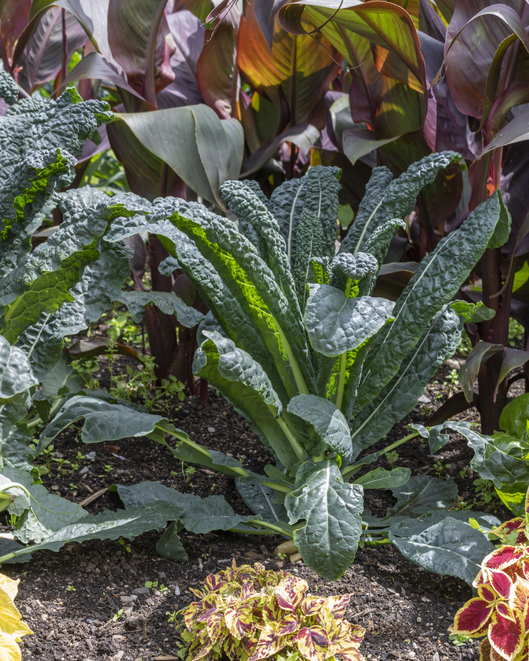With spring temperatures hitting Georgia in February this year, many gardeners may be itching to get their transplants in the ground or may have already planted some early crops.
While nothing beats those first spring days in the garden, University of Georgia Cooperative Extension and UGA College of Agricultural and Environmental Sciences experts warn that planting too early could lead to heartache.
The conventional wisdom in Georgia is to wait to plant late spring and summer crops – tomatoes, cucumbers and pole beans – until after Easter to avoid late frosts. Gardeners who can’t wait that long should at least wait until after the last average frost date. That can be as early as March 11 in southeast Georgia and as late as early May in the mountains.
“Freaking out and planting too early tends to come back to bite you,” said Johannah Biang, farm manager at UGArden, UGA’s student-run farm in Athens, Georgia. “You could plant a few things early as an experiment, but I wouldn't plant everything unless you were prepared to protect it with row cover.”
Bob Westerfield, homeowner and vegetable horticulture specialist with UGA Extension, agrees, but after years of watching anxious gardeners file through vegetable gardening workshops each spring, he knows it’s hard to wait.
People want to plant whenever they have a few weekends of warm weather in a row, but they need to wait for the soil temperatures to meet springtime norms before they transplant their seedlings, Westerfield said.
“People need to pay attention to the soil temperatures more than the air temperatures,” Westerfield said. “Most veggies like it to be 65 to 70 degrees in the ground before being planted.”
UGA offers up-to-date soil temperatures for most parts of the state at weather.uga.edu.
For those who have already planted, or who are waiting but are worried about a rogue late-April frost, there are steps you can take to save your summer garden.
The secret is to be prepared for a sudden cold snap, and to have a frost toolkit ready, said Paul Thomas, UGA Extension horticulturist.
“Buying or collecting frost-reduction materials prior to the frost and positioning them close to the plants you want to protect is very important,” Thomas said.
One of the most effective ways to shield plants from frost is to cover them with any of a variety of materials, from quality frost-reduction fabric to blankets and sheets, newspapers, baskets or straw.
For small plants like vegetable transplants, lightweight materials like pine straw or dead leaves work great if enough is placed over the plants.
Gardeners can completely bury their newly flowering shrubs or tender garden seedlings in either leaves or straw, and then uncover them after the weather warms back up. The flowers and seedlings will be fine, Thomas said.
For sturdier plants, old comforters or heavy blankets – maybe purchased from a local thrift store – will allow you to protect your plants from that first frost without spending much money. Covering plants with a heavier blanket will protect them more than if they’re covered with a simple sheet, Thomas said.
Never use plastic sheeting to cover plants because plastic can trap too much heat. When the day starts to warm up, the plants can actually cook or scorch under the covering.
“By 10 a.m., you can have significant damage to grass and young plants due to how quickly it can heat up under that plastic,” Thomas said.
It’s best to cover plants before sunset to retain some of the heat that is trapped in the soil. Remove the coverings in the morning just after sunrise to prevent the plants from being scorched.
Thomas also recommends having a collection of wooden garden stakes on hand. Place the stakes throughout your vegetable patch in order to suspend blankets over tender seedlings or delicate flowers. The stakes will prevent snow- or rain-soaked blankets from crushing your plants, Thomas said.
For information about protecting your spring and summer vegetable garden from cold snaps, visit extension.uga.edu.






